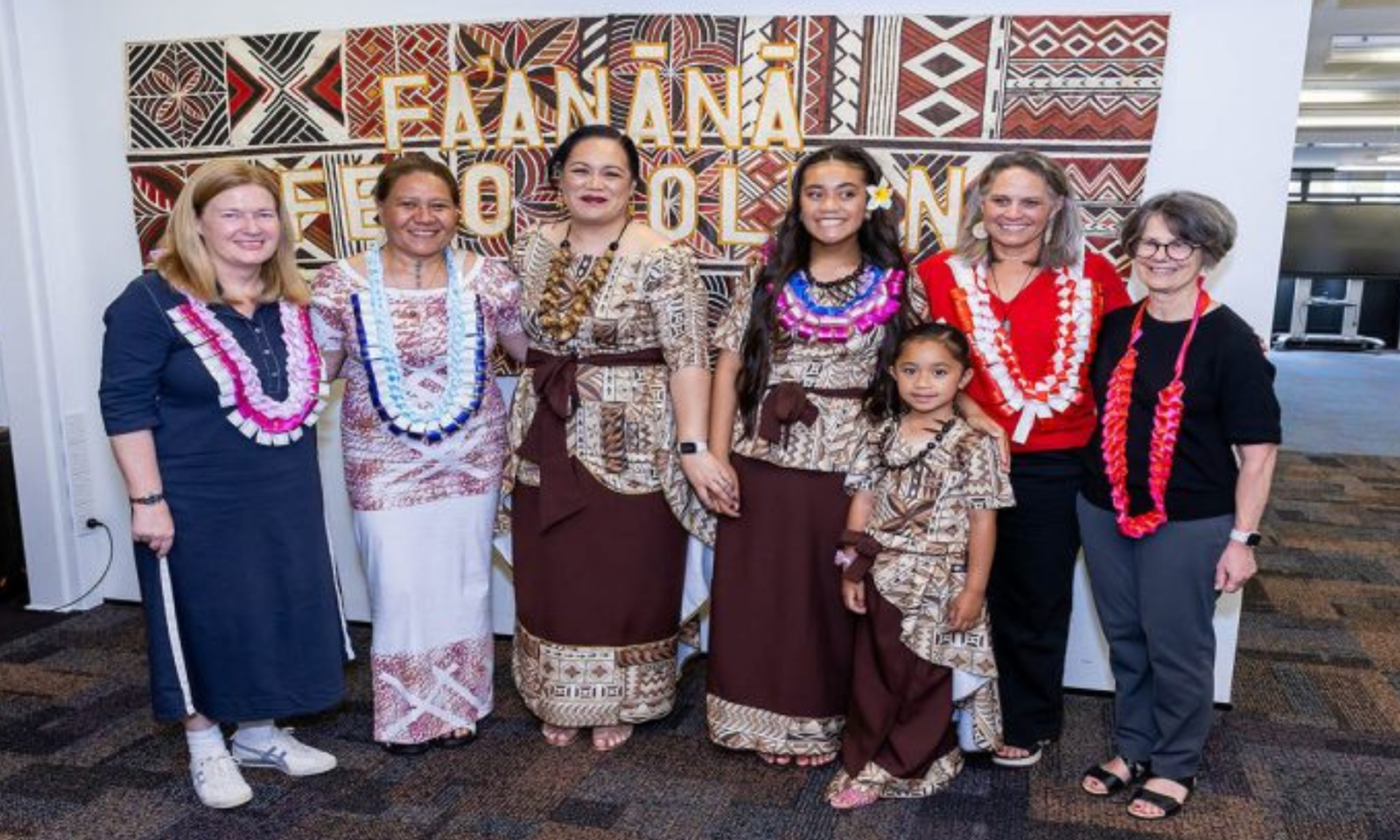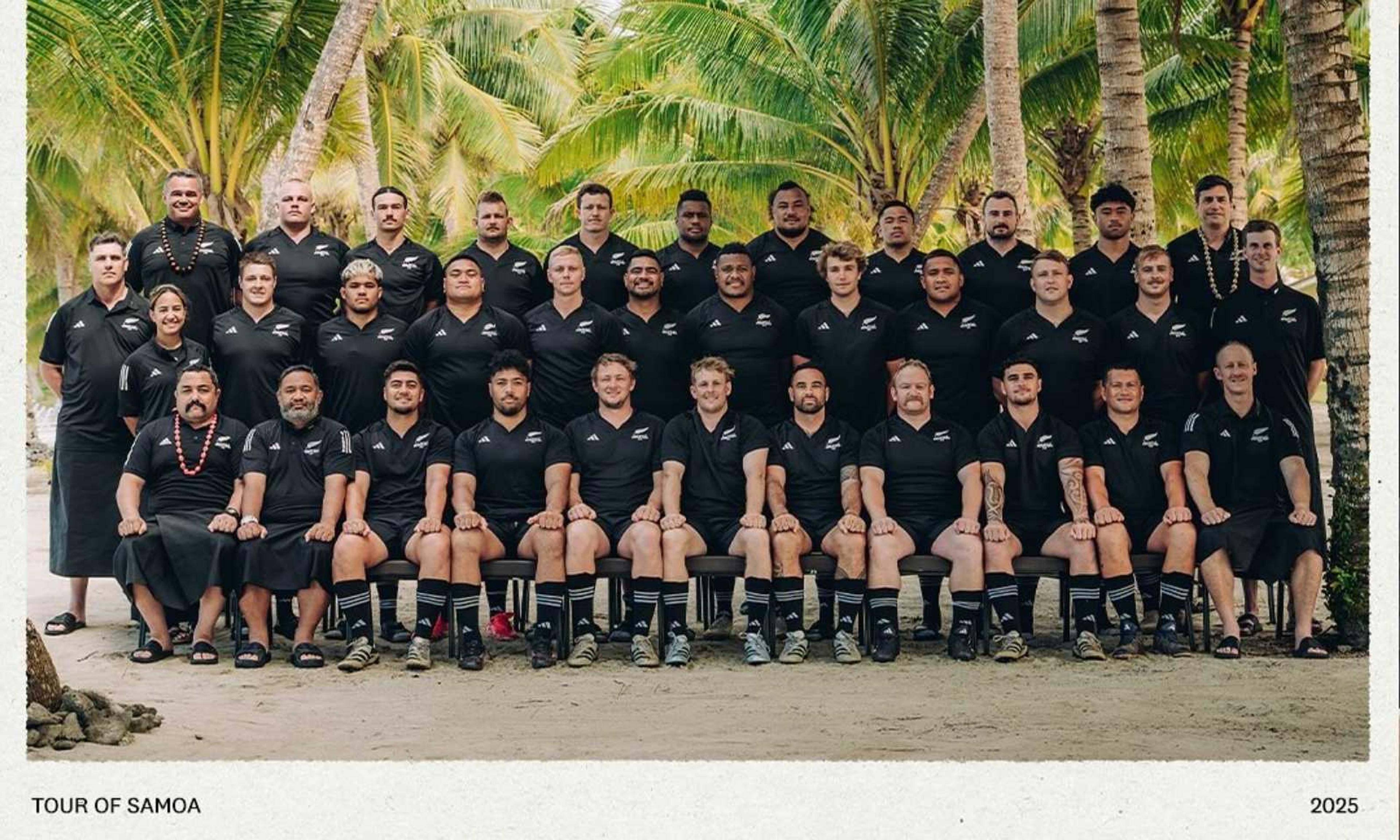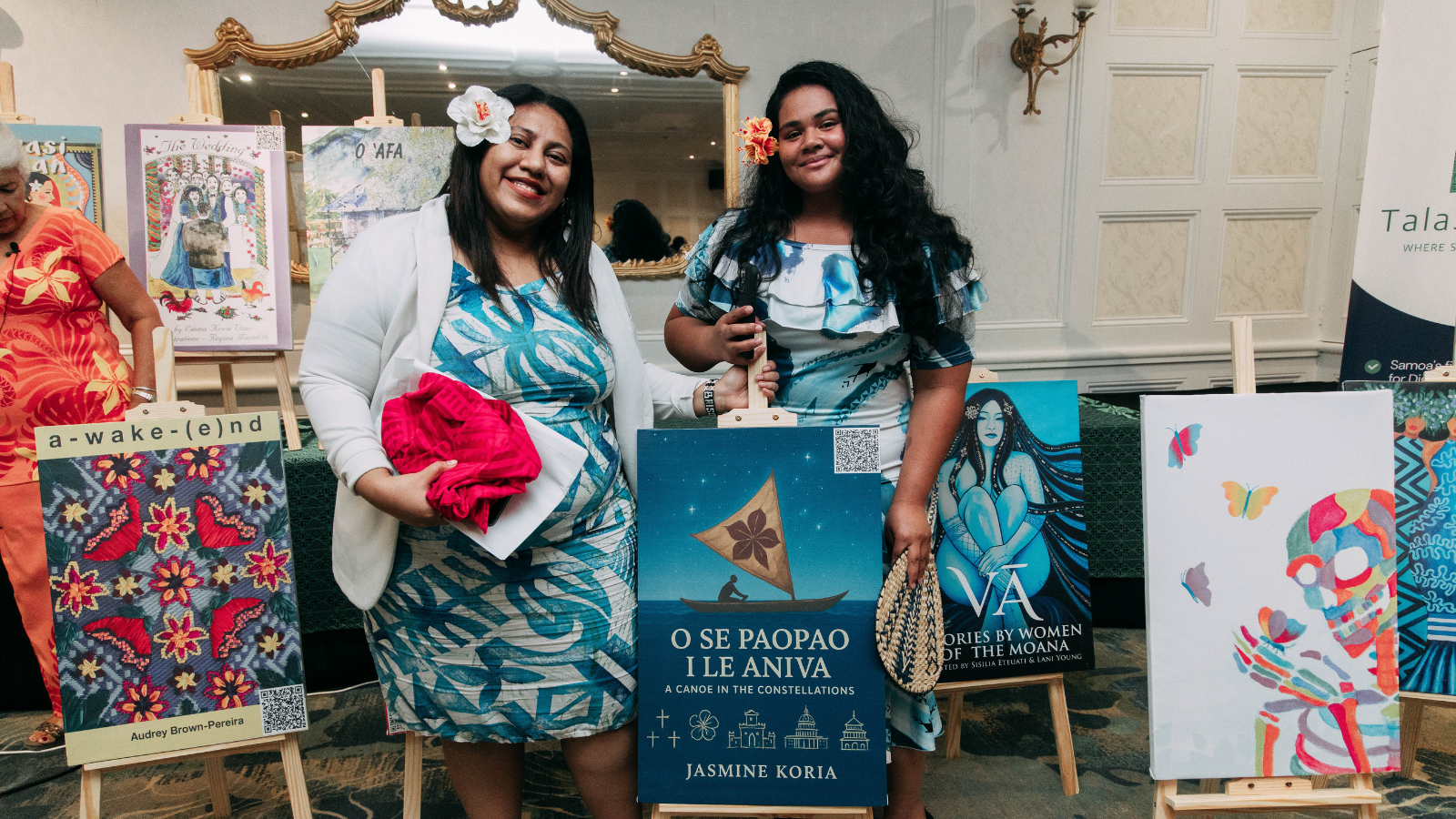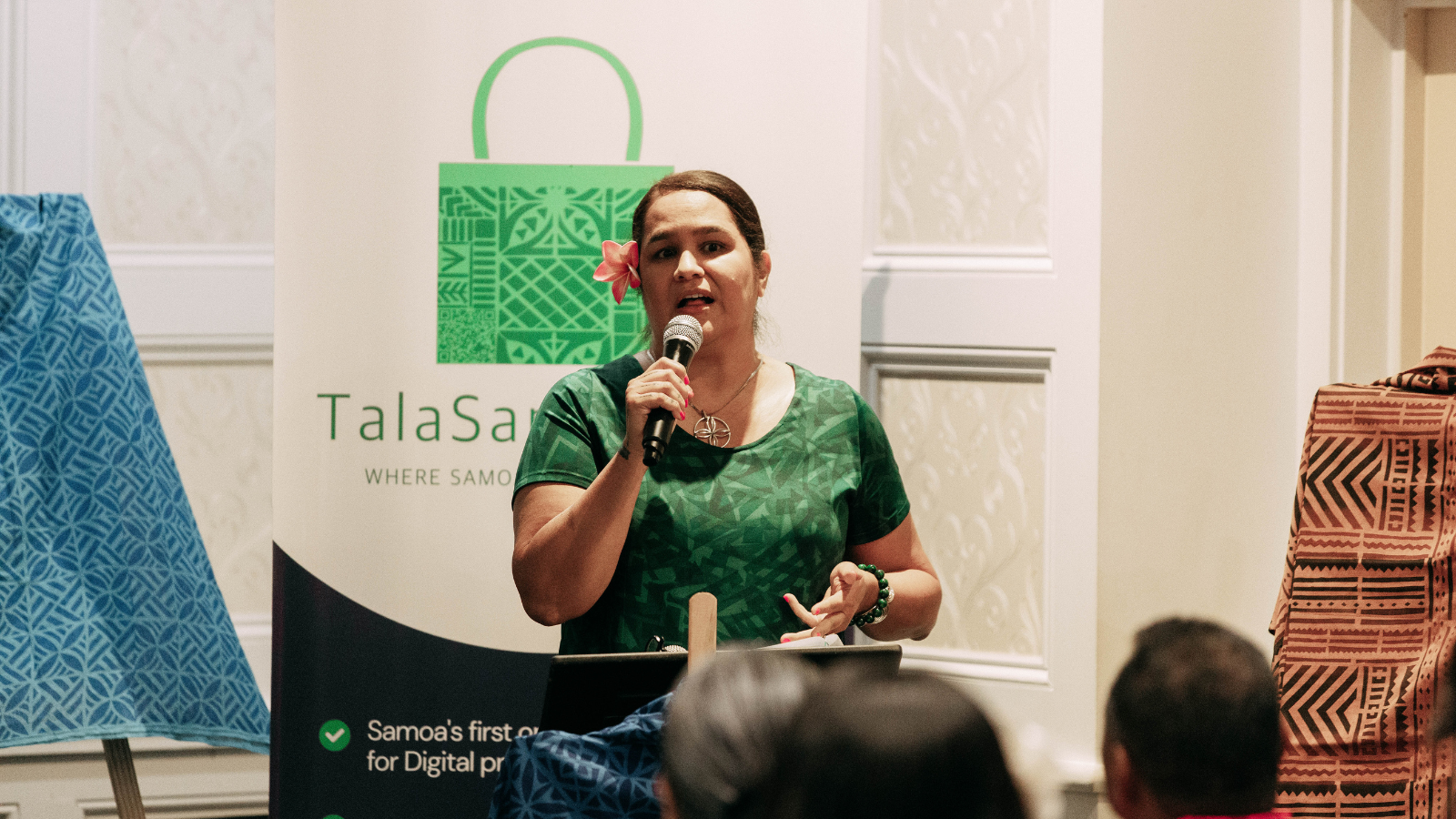

Each item on Tala Sāmoa is verified and creator-owned, protecting Pacific intellectual property while connecting with global audiences.
Photo/Vanu Studios
685 to the World: A new digital home for Sāmoan creatives
A new platform marks a milestone for Sāmoa’s creative economy, linking homegrown talent with global audiences.




Law expert: US boat strike controversy a lesson for the Pacific

Heartland XV coach reflects on emotional return to Sāmoa


Jai Opetaia drops German in brutal KO, keeps titles and calls for unification fights


Law expert: US boat strike controversy a lesson for the Pacific

Heartland XV coach reflects on emotional return to Sāmoa
Sāmoa’s creative community is embarking on a transformative journey with Tala Sāmoa, the nation’s first digital export marketplace for books, art, and other cultural works. Founded by award-winning author Lani Wendt-Young, it directly challenges traditional export barriers, offering Sāmoan creators an opportunity to share their work internationally.
This groundbreaking initiative draws from Wendt-Young’s 15-year journey through traditional and independent publishing. As a result, the website currently features over 50 books and artworks available for purchase, each piece representing measina (Sāmoan treasures).
Highlighting the platform’s impact, Wendt-Young says the site unlocks the global door for Sāmoan stories and art. This is especially pertinent for Sāmoans living abroad, whose access to cultural items is not just about nostalgia but about maintaining identity.
“Tala Sāmoa will be critical infrastructure for diaspora engagement. It’s an educational resource, a means to help keep traditions alive across oceans and will strengthen connections between buyers and the ‘homeland’,” she tells PMN News.
“I believe in the importance of telling our stories. My experiences have shown that creating and owning our stories' distribution and curation is just as essential,” she says, emphasising its importance in today’s digital economy for marginalised Pacific voices.
Poet and youth leader Jasmine Koria is among those already benefitting from the platform, having published her new collection of poetry, ‘O se Paopao i le Aniva – A Canoe in the Constellations’.

New poetry by Jasmine Koria (left), “O se Paopao i le Aniva,” found its first buyer over 11,000km away. Photo/Vanu Studios
As Koria points out, “Digitisation of our writing promotes democratisation, making our stories easily available for everyone.” Notably, her first sale was to someone in Washington, D.C., about 11,400 kilometres away.
Looking ahead, the platform is designed to support sustainable creative livelihoods, with the potential to expand beyond books and artwork.
Wendt-Young envisions Tala Sāmoa growing into a multimedia hub, hosting audio and video content such as cultural tutorials in basket-weaving, elei printing, cooking Sāmoan dishes, and siva lessons. Children's book authors are preparing English and Sāmoan language audio to complement their e-books.

Founder Lani Wendt-Young says Tala Sāmoa is “critical infrastructure for diaspora engagement” - empowering Sāmoan creators to share their stories globally. Photo/Vanu Studios
Echoing the importance of this digital presence, Sāmoan and Cook Islands-Māori poet Audrey Brown-Pereira notes that a digital legacy is critical for the evolution of creators and the creative space.
“My first book was published in 2002 and is no longer available in print. I hope to have ‘Threads of Tivaevae: Kaleidoscope of Kolours’ available through this platform so that my creative work remains available and accessible to new generations… The reality is, if we do not evolve… our work will remain in spaces most of our people are not.”
Concerns over copyright and intellectual property have been addressed by a simple vetting process where every artist or author undergoes pre-approval, with a zero AI clause included.
“Before they can list an item… we do our due diligence check that they are a ‘real’ person. Many local authors… never registered their copyright with MCIL (Ministry of Commerce, Industry and Labour), and so we help them to do that paperwork. We also assist writers to apply for an ISBN through the National University of Sāmoa library,” Wendt-Young says .
The written work or artwork is specified for personal use only; however, commercial usage agreements can be made directly with the authors and artists.
Unlike traditional publishing models that offer authors as little as 10 per cent royalties, Wendt-Young says the platform ensures 60 per cent payouts to creators, who also set their own prices and can track real-time sales.
Watch Lani Wendt-Young at the Tala Sāmoa launch in Apia below.
As a published poet, Brown-Pereira says Tala Sāmoa’s business model puts the interests and well-being of creators first and is “grateful for a split that is in favour of the creative”, especially with transactions being facilitated locally.
“It’s about economic empowerment as much as creative freedom… We are building a sustainable pathway for our creators to earn from their talents and share the richness of Sāmoan culture with the world,” Wendt-Young says.
“Because Tala Sāmoa is created by artists and for artists, protecting intellectual property rights is a priority. We want customers to understand they’re supporting a Sāmoan artist directly - nurturing our cultural heritage in the digital era.”